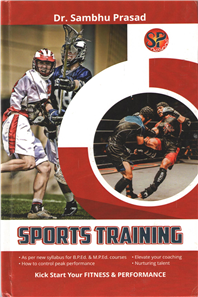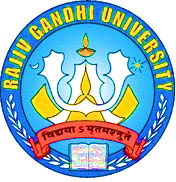
Authored By
Sambhu
Other Author
Scope of Book
It is expected that this book will help the students, research scholars, academicians and Coaches who are interested and engaged in the field of Physical Education and Sports Sciences.
Details about Book
The presented text entitled Theory of Sports Training is meant for students of subjects in kinanthropology such as Teaching PE, recreology and coaching etc.ultimate reference tool for all coaches responsible for training athletes to fulfill their performance potential. Primarily, sports training focuses on cultivating the athlete’s personality; further, it focuses on systematic development of motor abilities and the process of acquiring motor skills within the specific sports discipline. It is implemented at different performance and age levels. Features of sports training can be found in various forms. Sports leisure-clubs at elementary schools, sports clubs or still more and more popular commercial sports facilities are an example of this. The personality and professional knowledge of the coach, teacher, trainer or instructor play a crucial part in the quality of sports training implemented. This managing person becomes a personality and a model example to be trusted by his or her trainees, mainly in the youngest age groups. Each coach should attempt to keep main priorities. The most important one goes: “hurt your trainees neither physically nor psychically”. Therefore, to meet this principle, the coach must be able to integrate pieces of knowledge across the fields like anatomy, physiology, biomechanics, psychology, sociology, theory of motor learning and didactics. The present text helps you to basic orientation in the issue of sports training. Individual chapters touch on basic topics necessary for implementation training process in the first stages of sports training.This is a highly recommended resource for students of applied sports science, sports coaching, sports development, PE teachers, fitness advisers, coaches and athletes. This text should not be understood as a universal manual which can work with anybody. Rather, it must be viewed as inspiration for further studies in this difficult, nonetheless beautiful, issue.




No Comment